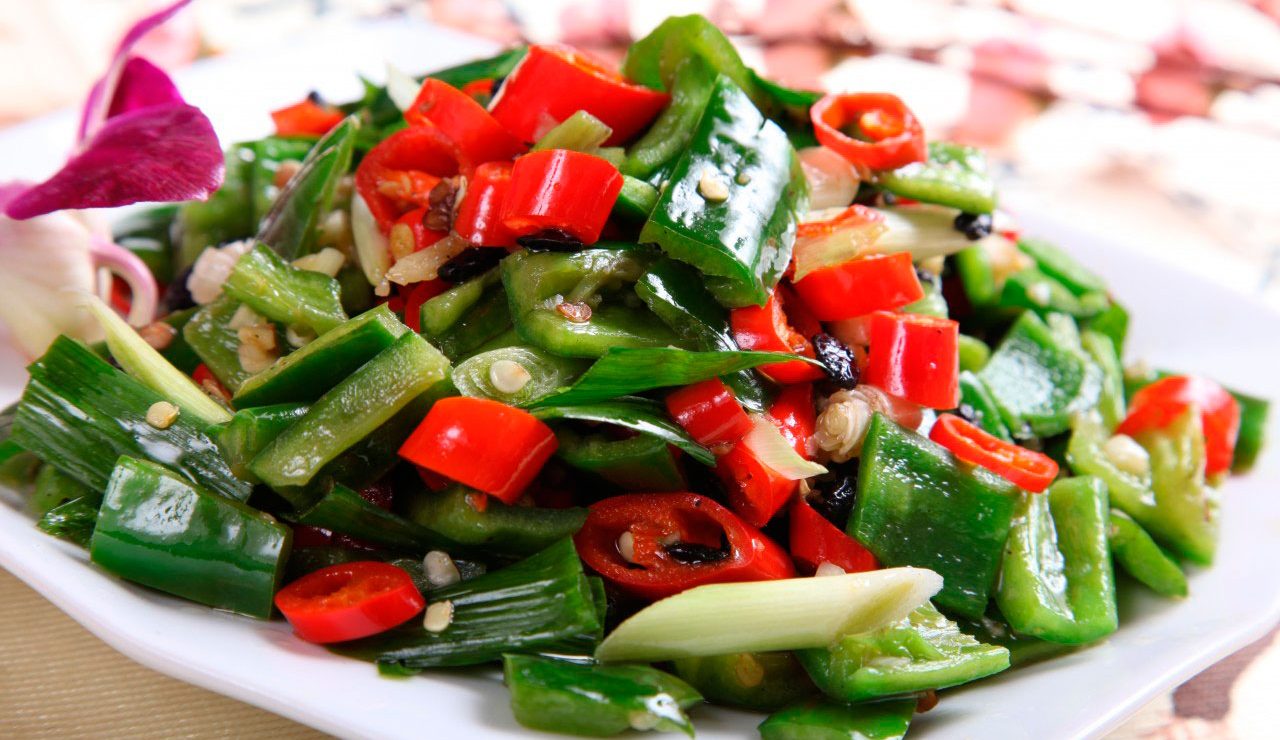Should You Eat Fermented Foods?

Beneficial bacteria found in fermented foods have been linked to immune health and preventing some conditions.
Fermenting food has fallen out of favor in recent decades, replaced by pasteurization and refrigeration. Yet, researchers believe, this age-old technique for preserving foods provides healthy, beneficial bacteria our modern diets increasingly lack.
Perhaps surprisingly, the types of beneficial bacteria found in fermented foods have been linked to immune health and preventing conditions like obesity and Alzheimer’s. They may even help regulate mood and day-to-day health: in a recent study, college students who ate the most fermented foods were less socially anxious than those who ate the least, and the effect was most pronounced in those who were already prone to anxiety.
If you’re interested in optimum health, you may want to get more beneficial microbes — called probiotics — in your diet. One easy way to incorporate these nutritional powerhouses is by eating more fermented foods.
YOU MIGHT ALSO LIKE: How to Choose a Probiotic
Several beverages are widely available. Kefir (a fermented dairy product made from cow, goat, or sheep milk) and kombucha (a sweet, fermented tea) are both good options. What about alcoholic drinks, like beer, wine, or liquor? Since alcohol is a well-known product of fermentation, you might think all would contain probiotics. However, most won’t provide the good bugs your gut bacteria need to thrive because the production process for most alcoholic drinks filters out or destroys them. Researchers have proposed isolating these bacteria, but in the meantime, there is one loophole: microbrewed beers often retain the yeast and other beneficial bacteria used in processing. Low-sulfite wine, if you can find it, may provide similar benefits.
You’ll also find the product of fermentation in the traditional condiments of some cultures, like German sauerkraut and Korean kimchi. Other options abound: cultured butter, buttermilk, honey, and dry sausages such as salami or pepperoni, along with miso, tempeh, and other fermented soy products, are all probiotic-rich.
Some fermented foods may surprise you. Cheese often contains beneficial bacteria; try blue, Gouda, and cottage cheese. And olives, vanilla, and even chocolate all reach their final form via the chemical process of fermentation. If you’d like to incorporate probiotic-rich chocolate into your diet, look for brands made with the least-processed chocolate and highest cocoa percentage — 70 percent is best, but if that’s too bitter for you, start lower and work your way up. Even a cup of hot chocolate made with minimally processed pure cocoa will work (add a bit of low-glycemic sweetener to counter the bitterness without ramping up blood sugar). Just be sure not to over-imbibe — no more than an ounce or two of chocolate a day is best to avoid weight gain.
YOU MIGHT ALSO LIKE: Probiotics for Mental Health
Of course, yogurt is a classic way to get more good bacteria — just look for the phrase “live and active cultures” on packages. Choose plain, then combine it with fiber-rich granola, a dash of honey, or fresh fruit for the most health benefits (and consider high-protein Greek yogurt for a double wallop of nutrition). Then there’s the question of how many bacteria you’re actually getting. Though cultured yogurt must meet certain requirements for beneficial bacteria counts, storage and handling practices can affect how many bacteria you ingest after bringing a product home. Try to buy only from reputable brands and retailers.
It’s also possible to make fermented foods yourself. You might start with sauerkraut, which is made from fermented cabbage. (It’s not, in fact, sour, but often pleasantly sweet.) Since heating kills virtually all bacteria in food, commercially prepared, pasteurized sauerkraut — while still a good source of vitamins and nutrients — won’t retain the probiotics thought to be essential to gut health, so it’s a good food to make at home. In the same vein, salt-preserved vegetables also provide probiotics, but only if they’re the kind your grandparents might have made – the pasteurized, vinegar-preserved pickles typically found at your grocery store won’t. If you’re sensitive to sodium, you may want to avoid preservation by fermentation altogether: it requires ample salt to work safely. If you’re preserving vegetables at home, don’t be tempted to cut down on the salt called for in recipes.
Other cautions apply. Though fermenting is very safe — after all, it’s been used for thousands of years to preserve food and kill pathogens, and is still used in many cultures around the world today — unsanitary practices can create the toxin that causes botulism, which can be fatal. Be sure to shop with retailers who practice careful, proven storage and handling. In 2012, two people in New York City were treated for botulism after home-fermenting tofu bought from a grocery store that sold the product in unrefrigerated bulk bins. And educate yourself about home fermentation before getting started: follow recommended safety practices and use only recipes crafted by experts. Books by the fermentation advocate Sandor Ellix Katz are a good place to start.
YOU MIGHT ALSO LIKE: What the New Dietary Guidelines Mean for You
Updated:
April 09, 2020
Reviewed By:
Janet O’Dell, RN